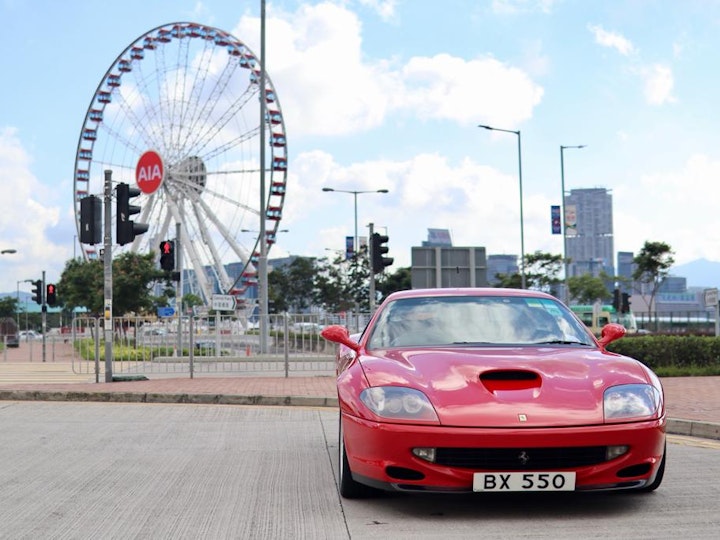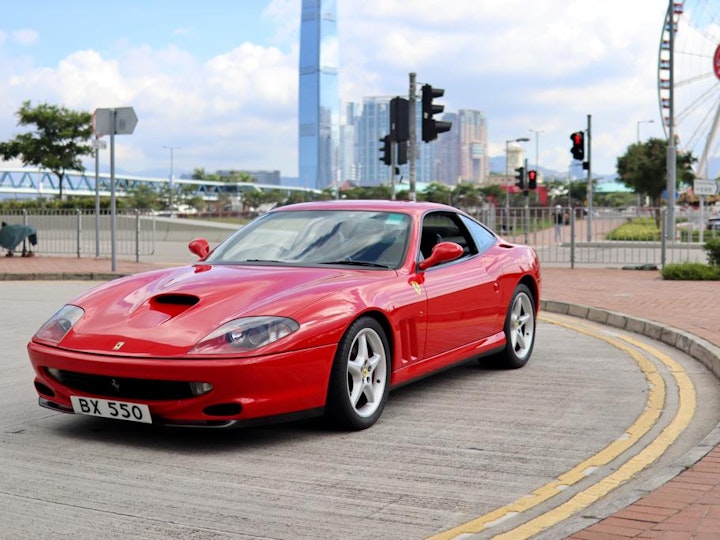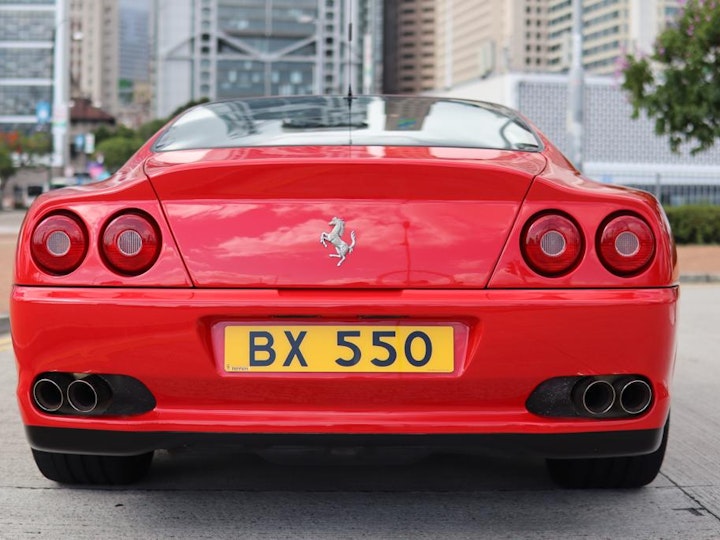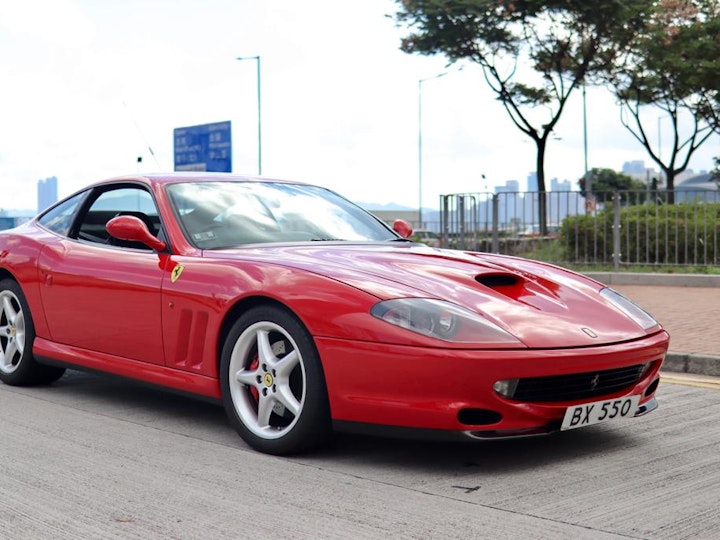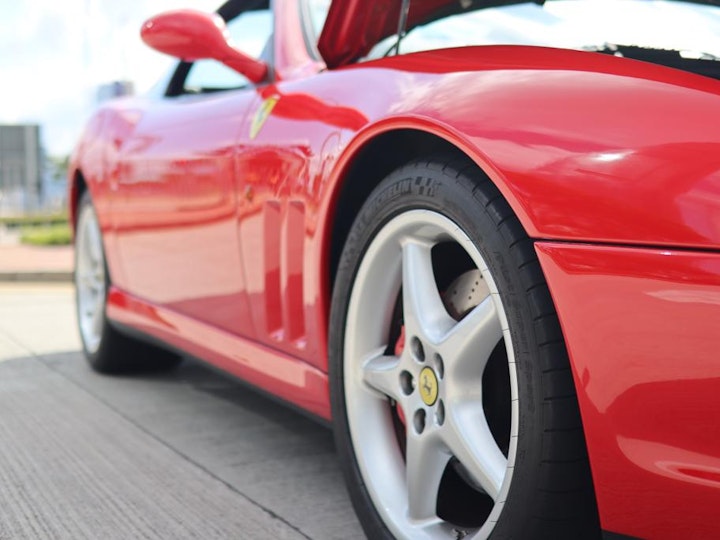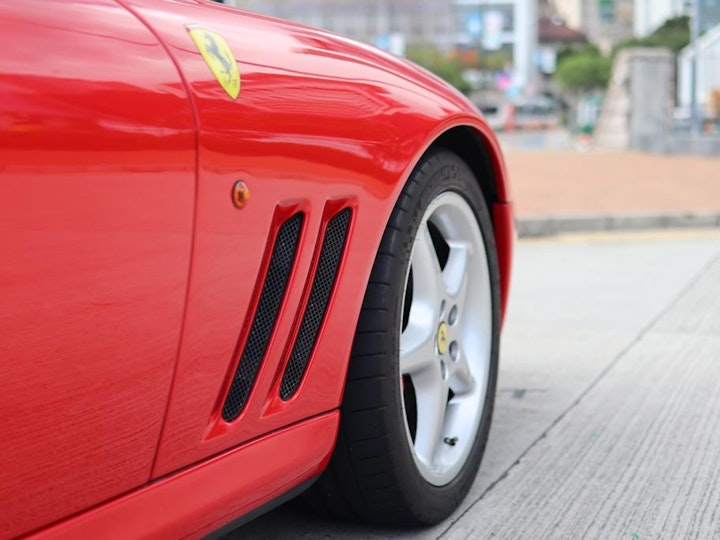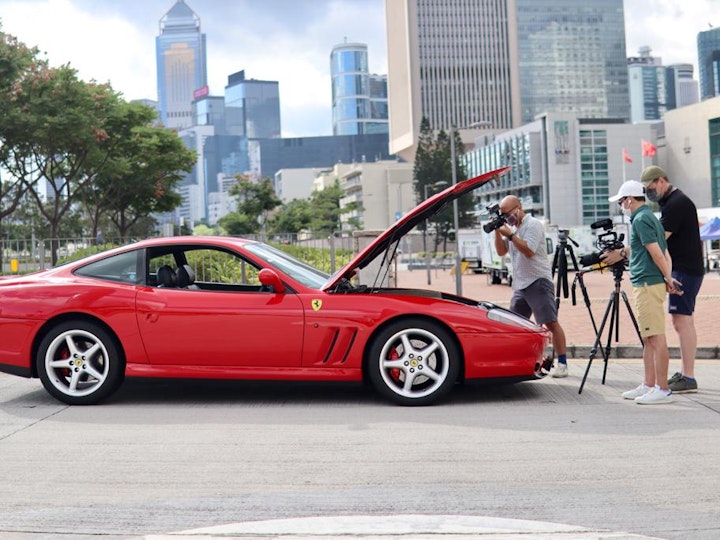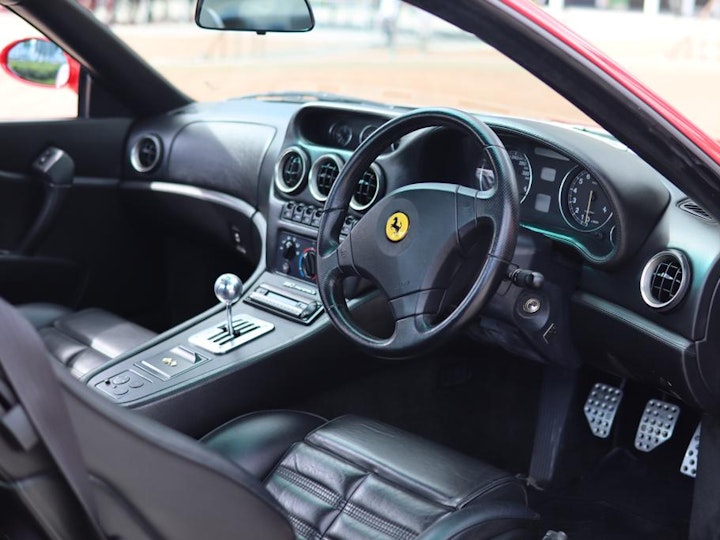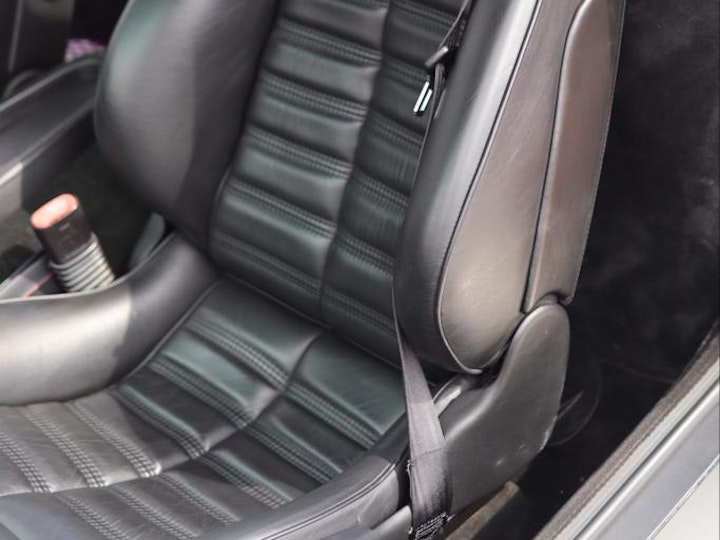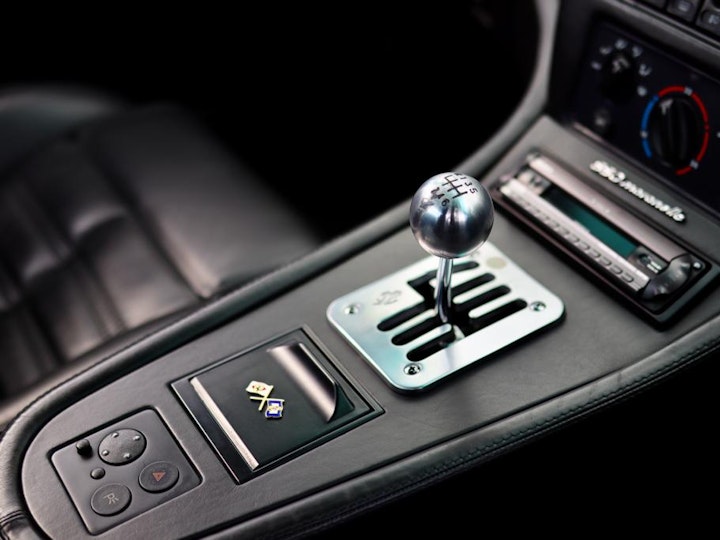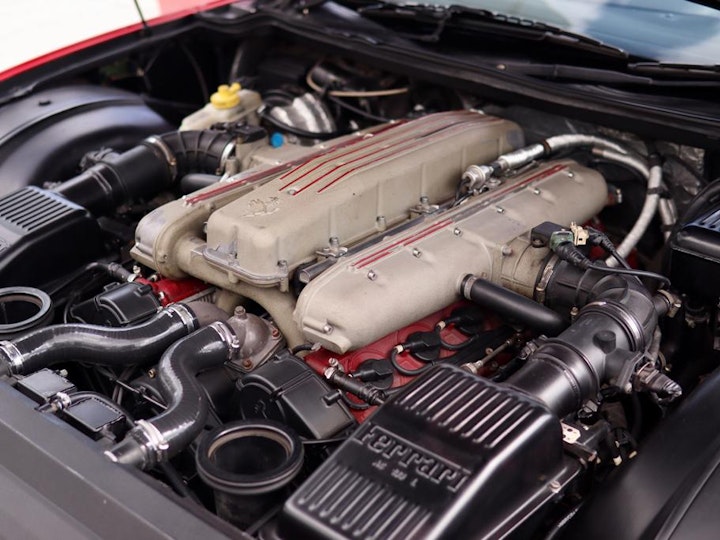You would have read by now that I am not a fan of former Ferrari President Luca di Montezemolo for his decision to revert back to a front-engine layout for Ferrari’s flagship V12 models. After 23 years of aesthetic perfection with the mid-engined Berlinetta Boxer and Testarossa, in 1996, the front-engined 550 Maranello was released. Although not as visually stunning as its predecessors, the design was nevertheless welcomed by petrol heads around the world, myself included. Its shape and lines proudly gave a nod to the Daytona and even the 275 GTB with its front side grilles. I do like the 550 Maranello’s design, and I dare say it is the last good looking front-engine V12 Ferrari. The models after it, especially the 599GTB, just do not have the flair that the 550 Maranello has. The F12 looks decent, but by then the sheer size of the flagship model has become comical.
The engine in the 550 Maranello was a completely new design from its mid-engine predecessors. Unlike the Boxer and Testarossa which had a 180 degree “flat 12” engine, the 550 Maranello has a proper V12 engine with 5.5 litres (hence “550”), producing 485HP. As always, Ferrari tested this engine out with its four-seater model first, the 1992 456 GT. By the time the 550 Maranello was released, however, the V12 engine has been revised and improved, including redesigned cylinder heads and a “resonance effect” induction system with 12 throttle valves and variable-length inlet tracts. More importantly, the 550 Maranello ditched the 456 GT’s hydraulic tappets which often needed adjustments, making the 550 Maranello easier to maintain.
Which brings us to one of the main reasons why Luca di Montezemolo went back to the front-engine layout – maintenance. As mentioned in the 512 TR review, while the mid-engine 12 cylinder cars look amazing, they can be a nightmare to maintain due to the lack of access to a lot of engine parts such as cambelts, which require the entire engine to be pulled out in order for it to be changed every few years. With the front-engine layout, maintenance costs became relatively more “humane” due to better access.
Luca di Montezemolo was also determined to make their flagship model more useable and comfortable, something which the front-engine layout was able to offer. With the engine at the front and separated from the transmission at the back, the engine’s centre of gravity is lower, and the overall front and rear weight distribution is also better balanced. More importantly, with a conventional rear boot, luggage and the all-important golf bags can fit in the boot nicely for cross continent road trips (as this car was designed as a grand tour). Ferrari produced the manual-only 550 Maranello from 1996 to 2001 and built a total of 3,083 units, making it a proper rare car for today's standards.
To be honest, I did not have much expectations when I was about to test drive the car. Of course, I expected the car to be torquey and fast, to sound fantastic, and to have great gearshifts – all trademarks of a flagship V12 Ferrari. However, I couldn’t help but expect it to be a very disconnected car, with comfort over sensation. That is because grand tours from late 1990’s to the early 2000’s, were all like that. They were not furious, but comfortable and effortless, just like the Murcielago we reviewed before. Turning the key, the exhaust roar is impressive, but that is only because the car has Tubi exhausts. The fuel injected Ferrari’s prior to the F430 and 599GTB generation were generally muted with their original exhausts. It is only now that all the Ferrari’s sound so aggressive and loud right out of the factory doors (which I much prefer). Hence aftermarket exhausts like Tubi’s and Capristo’s are a must for older fuel injected Ferrari’s.
Setting off, the clutch is not light but not obstructive. It is easy to fetter with and I felt right at home from the first two metres of my test drive. The introduction of power steering is also much welcomed. Stepping on it, the engine sounds wonderful as anticipated, but admittedly it does not sound as raw or as vigorous as its flat-12 predecessors. The car is fast on the straights, but straight line speed is not the forte of the car. Surprisingly, it was when the corners started arriving that the car really started to shine. Despite being a big grand tour, the car really found its place in corners. It is very balanced, the brakes are good, and it is extremely steady, allowing you to brake and position yourself just where you want the car to be without any fuss, before throwing it into the corner confidently. The size of the car also miraculously shrinks when you are driving it aggressively from one tight corner to the next. It is really from this drive that I truly appreciated why it won evo magazine’s ‘car of the year’ award back in 2004, despite stiff competition like the Honda NSX R and Pagani Zonda. Period journalists accurately described it as an “exploitable super car”.
The 550 Maranello is a really special car, and although it will never look as beautiful to me as its mid-engine elders, it will always be recognized as one of Ferrari’s all-time greats thanks to its all-rounded charms. The way it was able to transform from a comfortable grand tourer into a capable performance car instantly when a corner arrived was truly incredible.
As always, I thank the owner for his generosity. This car is truly his pride and joy as he had owned it for 18 years and just last year spent a fortune on it to obtain Ferrari’s Classiche certificate. The car has new hoses, fuel pumps, bushings and a long list of other parts, which may also explain why I had such a good time behind the wheels because the car is in such rude health. Of course, I also I thank the team for all their hard work:
Alex W. (http://www.taipanmedia.com)
Dave (Email: david@lemonadeandgiggles.com)
Alex C. (IG: @nofishshark)
See our review video here:











